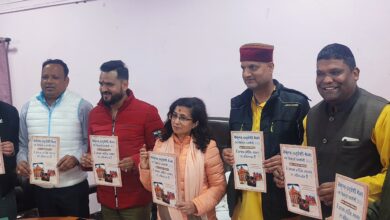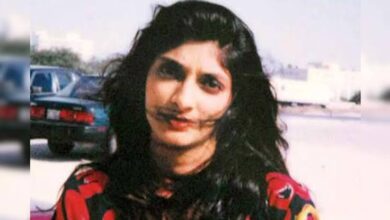Top ten films of the country

Recently, the Indian arm of FIPRESCI, the International Association of Film Critics, announced the ten best films in the country’s cinema history. Satyajit Ray’s ‘Pather Panchali’ has been placed at the fore in this list. Ritwik Ghatak’s Bengali film ‘Meghe Dhaka Tara’ came second, while Mrinal Sen’s Hindi film ‘Bhuvan Shome’ came third. This was followed by Adoor Gopalakrishnan’s Malayalam film ‘Elipathayam’, followed by Girish Kasaravalli’s Kannada film ‘Ghatashraddha’ at number five. In sixth place is Hindi’s ‘Garm Hawa’ which was produced by MS Sathyu and in seventh place is Satyajit Ray’s Bengali film ‘Charulata’. The last three films are in Hindi. Shyam Benegal’s ‘Ankur’ at eighth place, Guru Dutt’s ‘Pyaasa’ at ninth place and Ramesh Sippy’s ‘Sholay’ at 10th place.
A special thing about Bengal is that serious literature is also sold there and serious films are also not at a loss. This means that parallel or meaningful cinema does not get an audience in Hindi, but it is not so in Bengali. Pather Panchali was the first film of Satyajit Ray which was made in 1955. In fact, it was the first part of a three-film series by Satyajit Ray based on the writings of Bibhutibhushan Bandyopadhyay. The other two films in this series were ‘Aparajito’ and ‘Apoor Sansar.’ Satyajit Ray’s recognition around the world started with these three films. His ‘Charulata’ is also in this list. Apart from them, Ritwik Ghatak’s ‘Meghe Dhaka Tara’ from Bengal itself and ‘Bhuvan Shome’ originally made in Hindi by Bengali filmmaker Mrinal Sen are also included in this. Malayalam’s Adoor Gopalakrishnan and Kannada filmmaker Girish Kasaravalli were also recognized by the entire country, while MS Sathyu is also known for ‘Where Kahan Se Gaya Gaya’ apart from ‘Garm Hawa’. Sukha, based on the story of UR Ananthapurti, was also Sathyu’s film which he had earlier made in Kannada. Similarly, Shyam Benegal is our parallel cinema while Guru Dutt and Ramesh Sippy are among the biggest names of popular cinema.
The association of film critics that shortlisted these films was formed in 1930 and has been nominated for the Critics’ Choice Award at the International Film Festivals of Vienna, Toronto, Cannes, Venice and Warsaw, as well as at the International Film Festival of Kerala. selects. Thirty of its members cast a secret ballot to choose the country’s top ten films. Everyone prepared their list separately and on the basis of the preference given to them, this final list was made. It has five Hindi films. There are three films in Bengali and one each in Malayalam and Kannada. But not a single one of Tamil, Telugu, Marathi and other languages.
Surprisingly, all the films on this list were made between 1955 and 1975, that is, during the period which is called the golden age of Indian cinema. Hindi has the most five films in this list, but one may ask why the names of ‘Mother India’, ‘Mughal Azam’, ‘Ganga Jamuna’, ‘Do Aankhen Barah Haath’, ‘Bandini’ or ‘Anand’ are there. Not there. There are many people for whom a list of top ten films of the country cannot be complete without ‘Guide’ and ‘Kaagaz Ke Phool’. The question is also that after 1975, no film in the country has become worthy of this list? Leave alone ‘Lagaan’, ‘Black’ or ‘Dangal’ of Hindi, it was not made in any other language. ‘Sholay’ seems to be a misfit in this list, as it comes in the most popular films instead of the best. It ran for five years in a single show in a theater in Mumbai. Just like Ashok Kumar’s ‘Kismat’ or Shah Rukh Khan’s ‘Dilwale Dulhania Le Jayenge’ had been a rage at the box office for years. But the matter of choice of movies is so varied that perhaps everyone’s list of best movies will be different from others.






